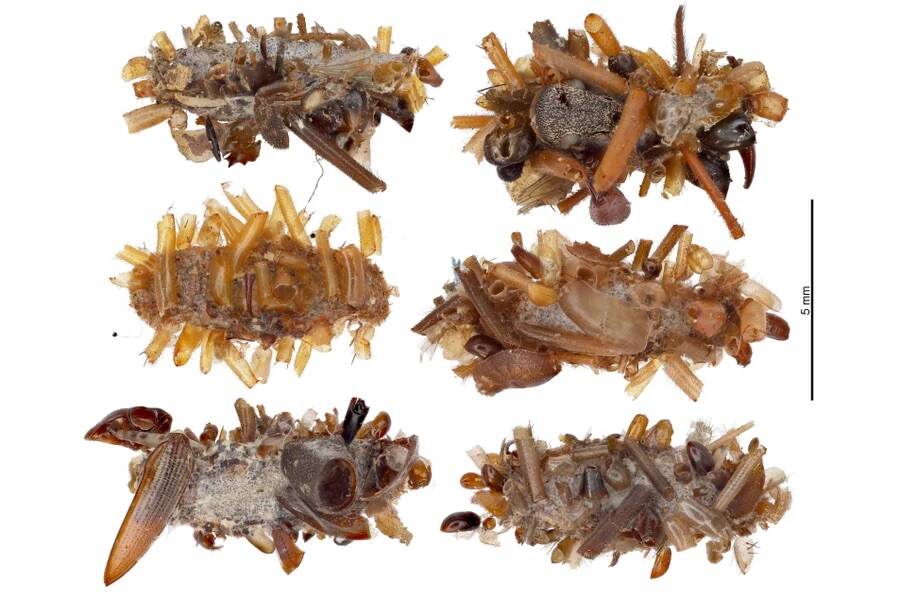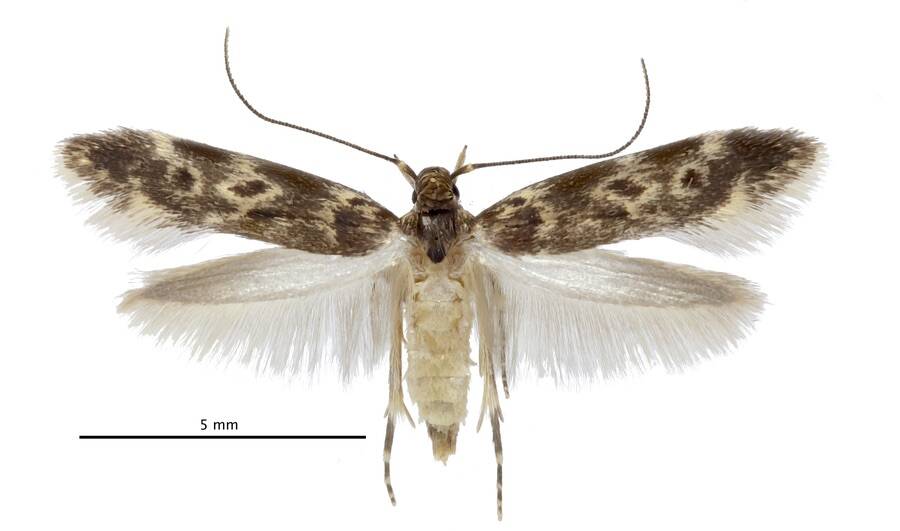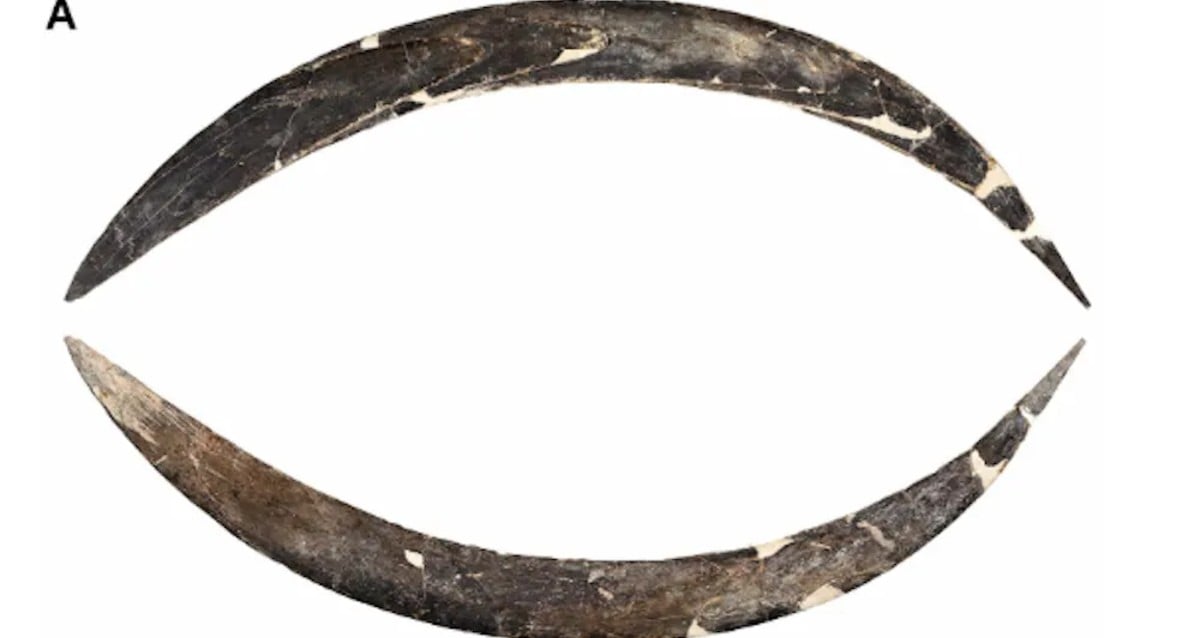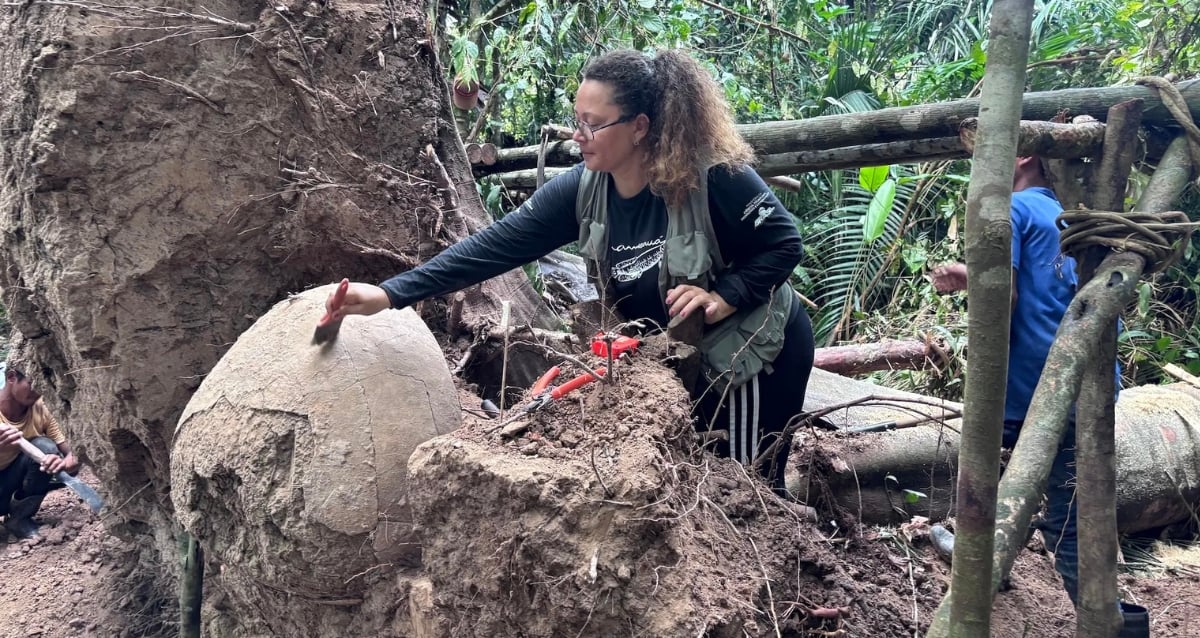Meet the Caterpillar That Turns Dead Bugs into Living Disguises—Nature’s Ultimate Master of Disguise Revealed!
The Discovery Of The Bone Collector Caterpillar On Oahu

Rubinoff Lab, Entomology Section, University of Hawaii at ManoaAs far as researchers know, the bone collector is the only species of its lineage.
“I just couldn’t believe it. The first couple of times you find that, you think it’s got to be a one-off — it’s got to be a mistake,” study lead author Daniel Rubinoff told Scientific American. “I’ve been looking at it for over a decade and it still blows my mind.”
Scientists first observed the disguise-crafting caterpillars around 17 years ago, but as Rubinoff explained, the behavior seemed more like an anomaly than a trait specific to the species. However, since 2008, Rubinoff and his colleagues have observed 62 different bone collectors, all within a six-square-mile range.
According to the study published in Science, the caterpillars are only found on a specific mountain range on the island of Oahu, and they reside solely in spider webs. They’re part of the Hyposmocoma genus of moths that are native to Hawaii.
Like other Hyposmocoma caterpillars, the bone collector spends its larval stage in a protective silk case. However, while its cousins adorn themselves with sticks and shells for camouflage, the bone collector decorates its case with weevil heads, beetle abdomens, and molted spider exoskeletons.
Once Rubinoff and his fellow researchers realized that these macabre disguises were typical for bone collector caterpillars, they set out to determine why.
Why Bone Collectors Developed This Bizarre Habit

Rubinoff Lab, Entomology Section, University of Hawaii at ManoaAn adult “bone collector” moth.
Rubinoff believes this caterpillar species’ behavior is probably an evolutionary habit. Like other caterpillars, bone collectors eventually turn into moths, but these specific moths lay their eggs in trees or rock cavities enclosed by spider webs. When a caterpillar hatches, it needs to “camouflage itself from the spider landlord,” Rubinoff said.













